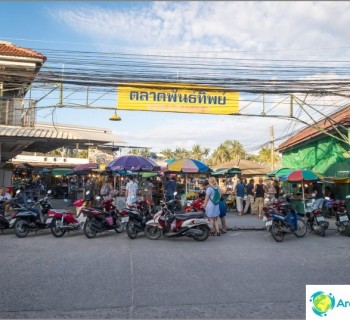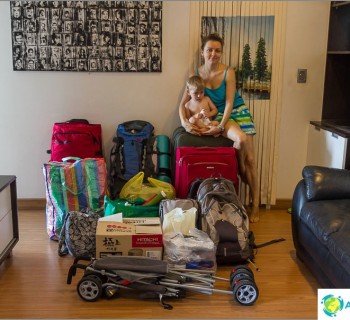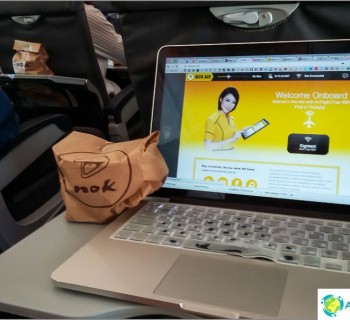Naturally, during a visit to Kolomna, we went to the local Kolomna Kremlin, especially since all the sights are located nearby and you can get to them through the territory of the Krem. We didn't take a tour, we just walked along the streets and along the wall and enjoyed the good weather, so I won't tell you anything so interesting about the Kremlin itself, let them tell the photos for me.
The content of the article
Walk around the Kolomna Kremlin
You can enter the Kremlin from many sides, because little is left of it, one wall, and several towers. On its territory there are two women's monasteries, the Assumption Cathedral and several churches. In addition, there is a Museum of Local Lore, cafes, restaurants, souvenir shops.
Most of all I was interested in Lazhechnikov Street, it is just inside the Kremlin. You rarely see your surname on city signs, Kolomna is an exception. By the way, the street is very neat, framed by beautiful building facades. True, the rest of the territory of the Kremlin is not inferior to it, it is green and well-groomed. And some village houses are direct role models, this is how I would like the Russian village to look, I would be the first to go there to live.
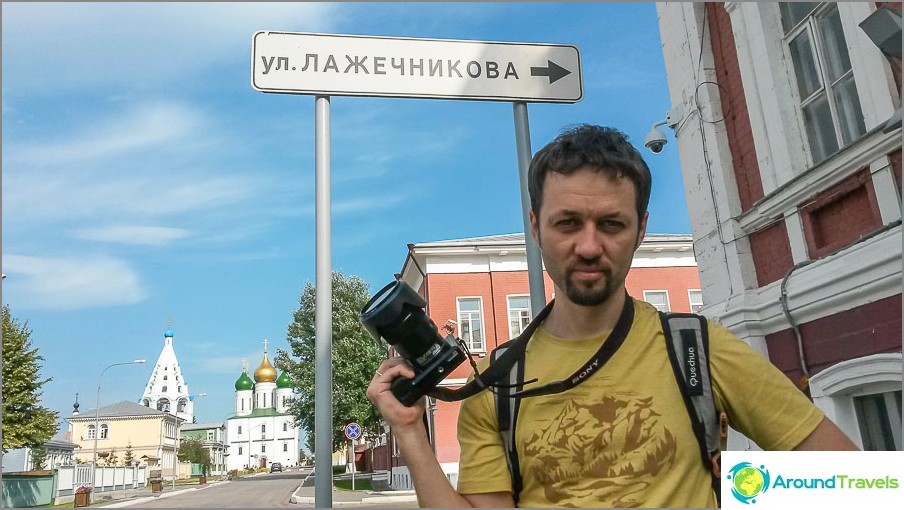
In this position, the little fotik looks completely undignified.
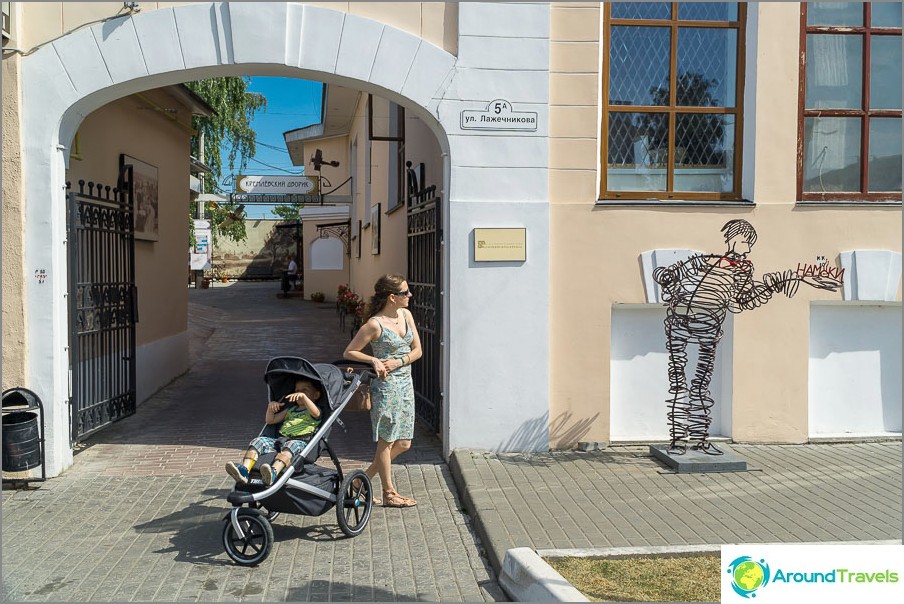
Lazhechnikova street
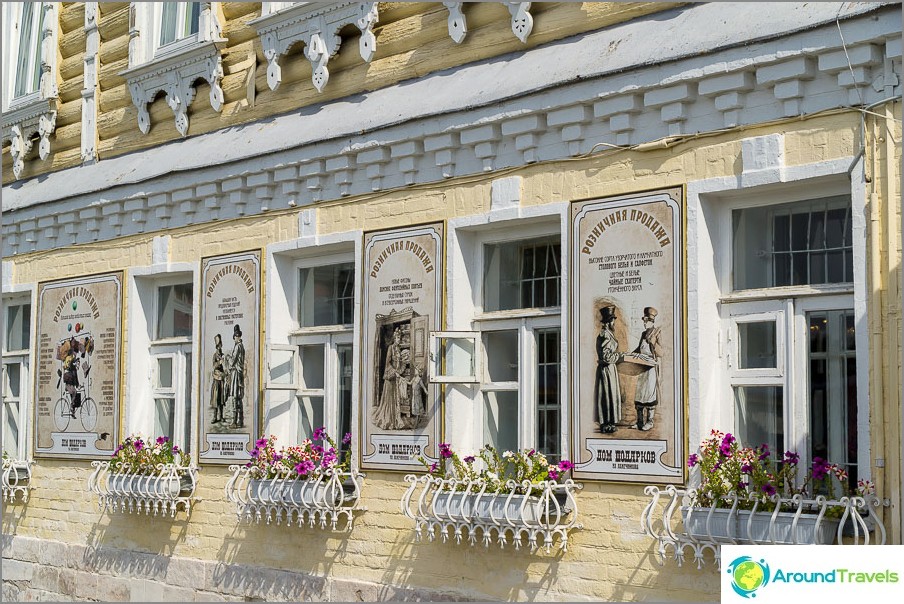
Houses on Lazhechnikova street
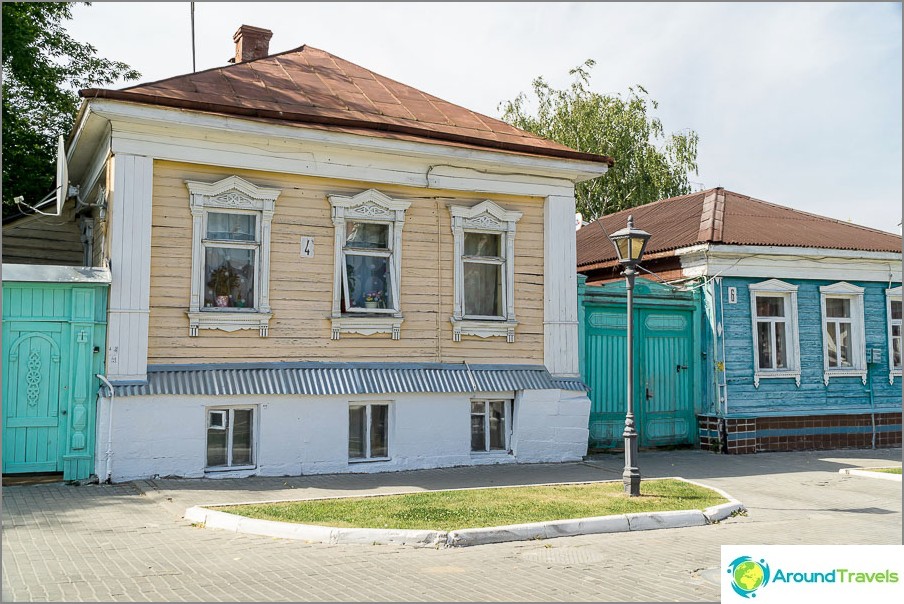
Houses on Lazhechnikova street
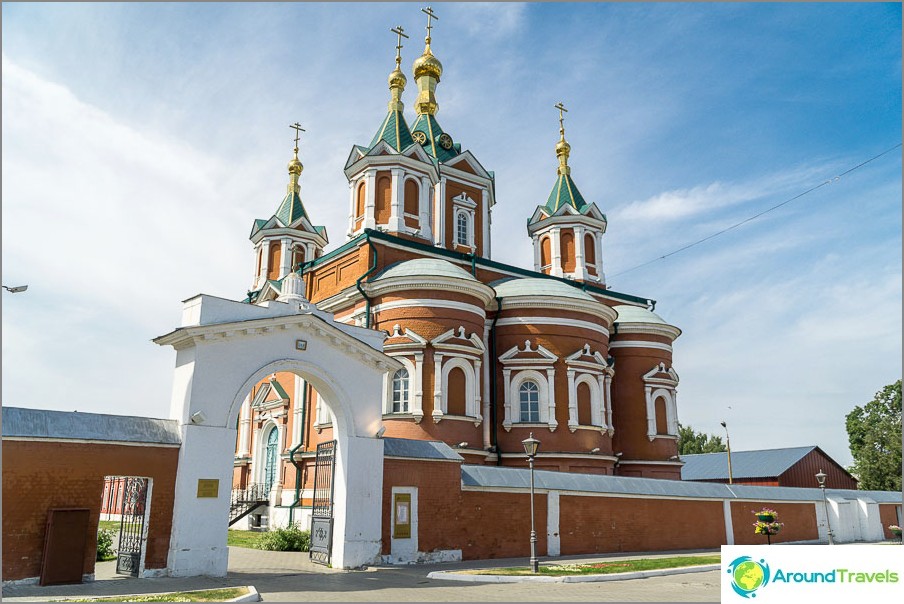
Cathedral of the Exaltation of the Holy Cross
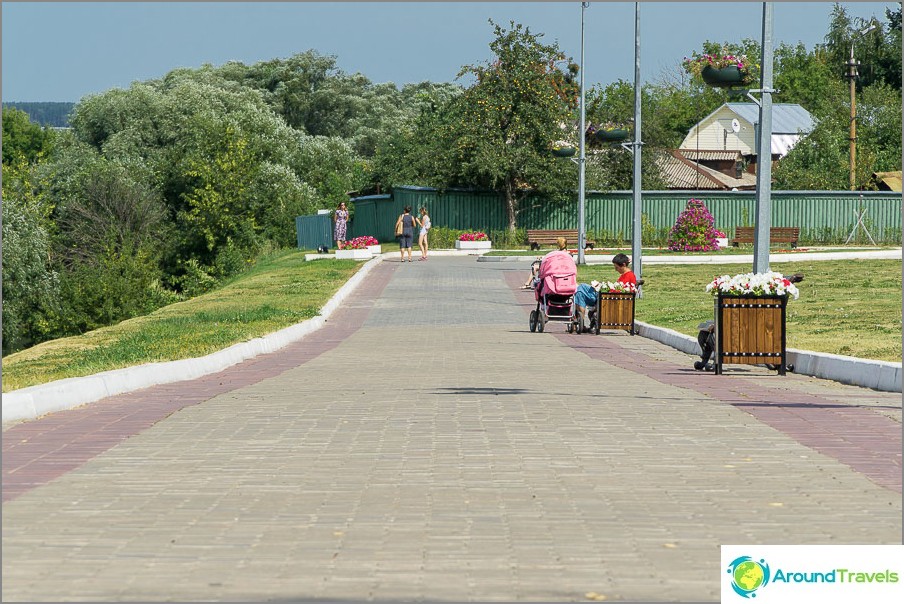
Moscow river embankment
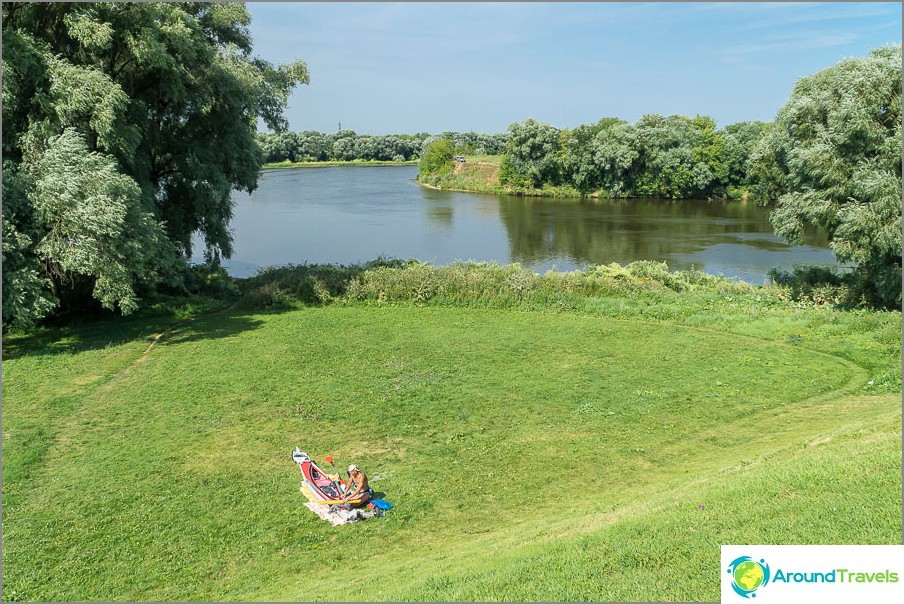
And here is the Moscow river
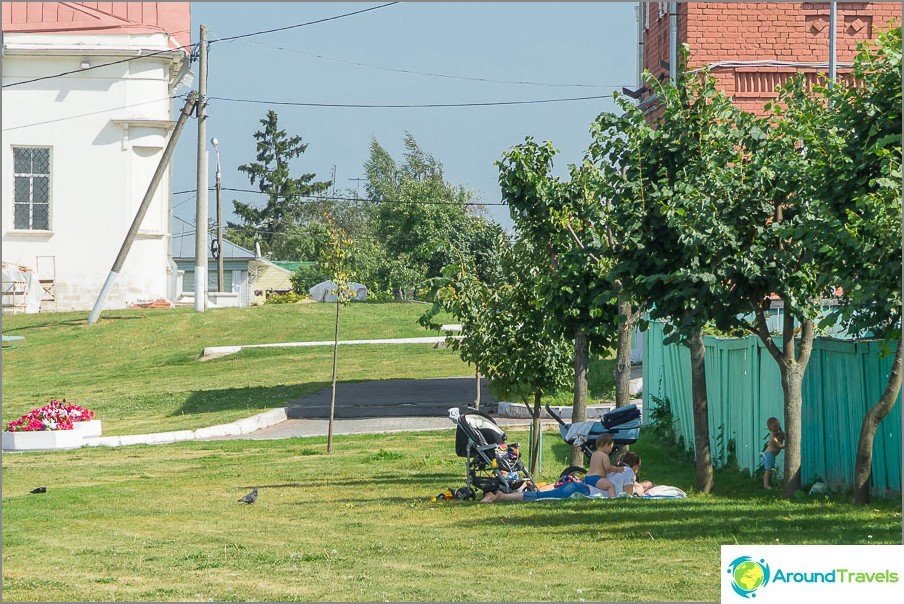
Life flows unhurriedly
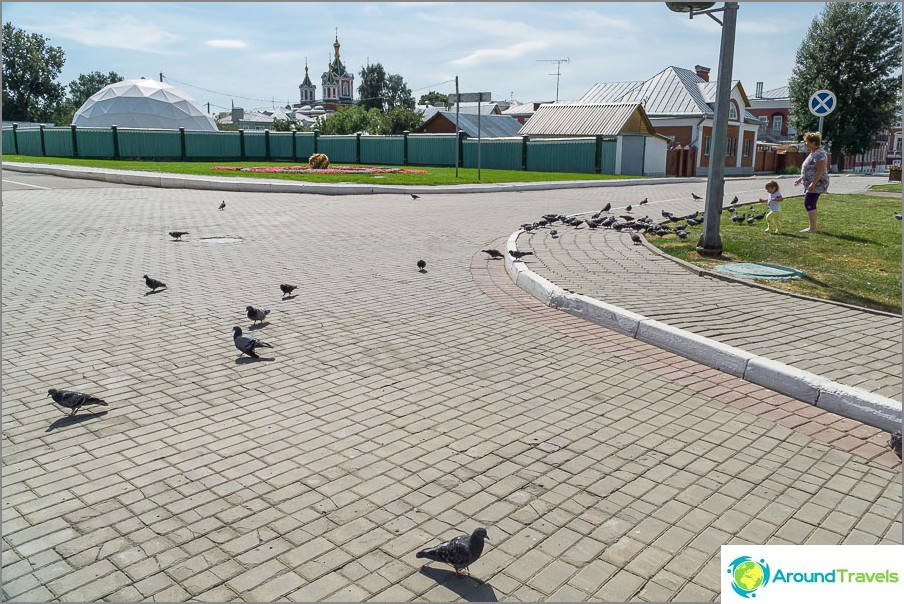
And the children are chasing pigeons

Assumption Cathedral
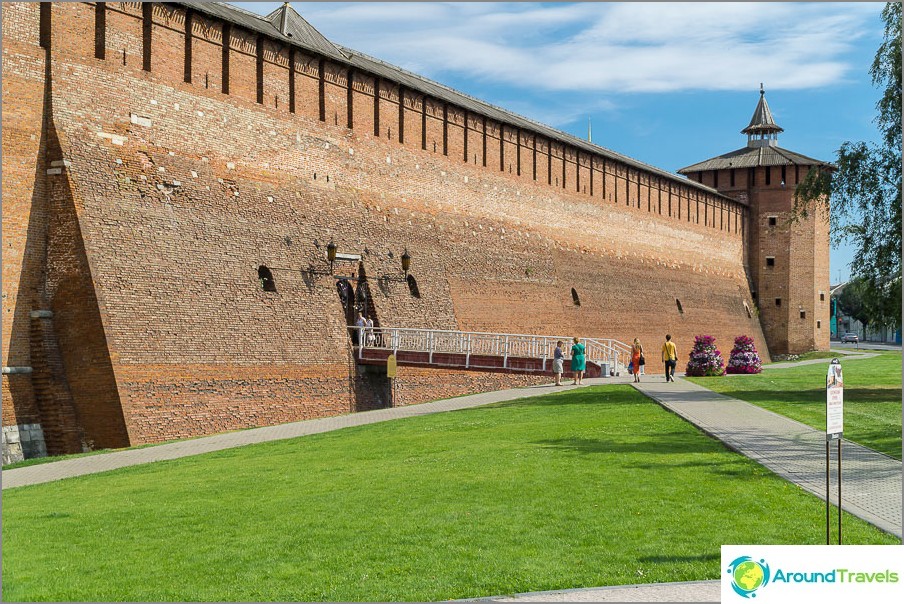
The same preserved wall
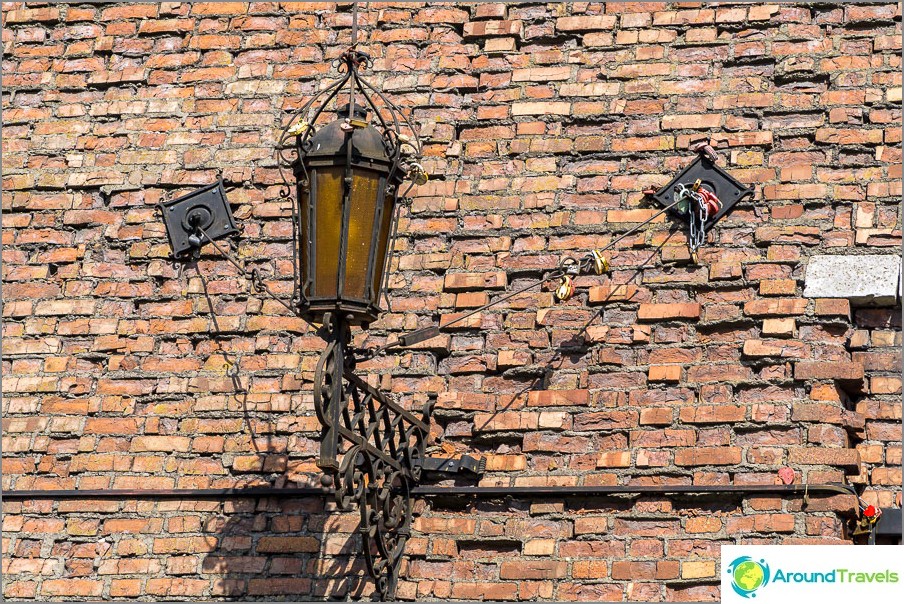
At the entrance there are lanterns with locks from the newlyweds, how they got here?
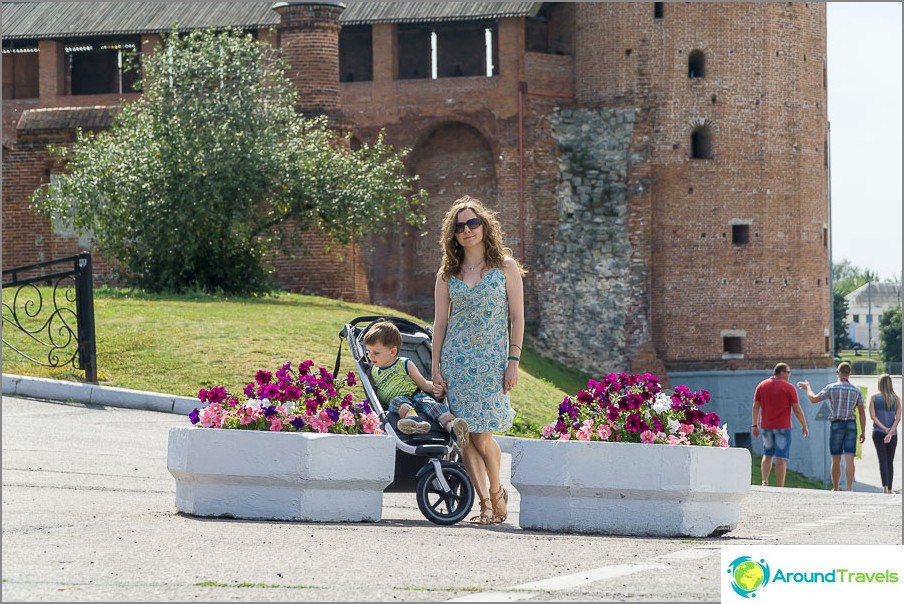
This Ms. Wall from the inside
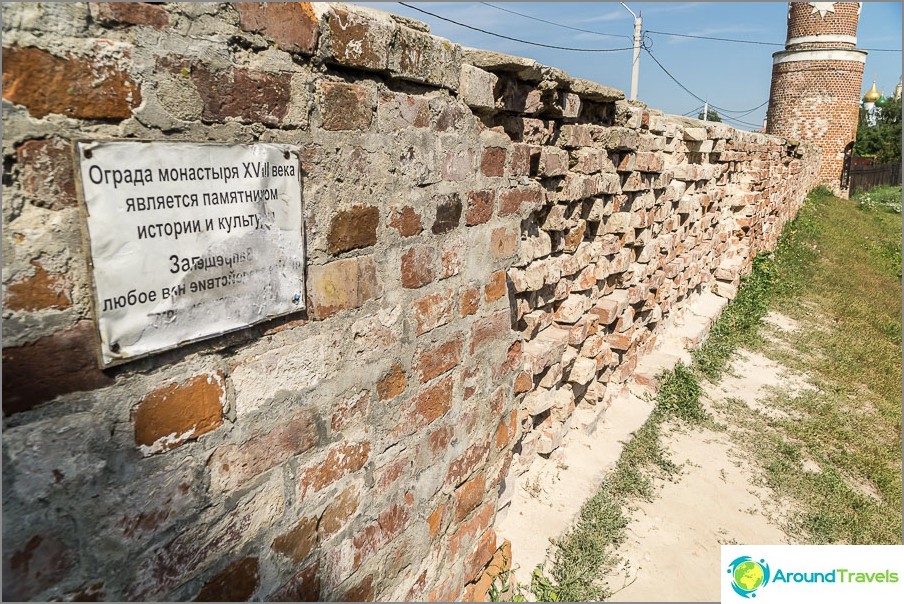
Remains of the monastery wall
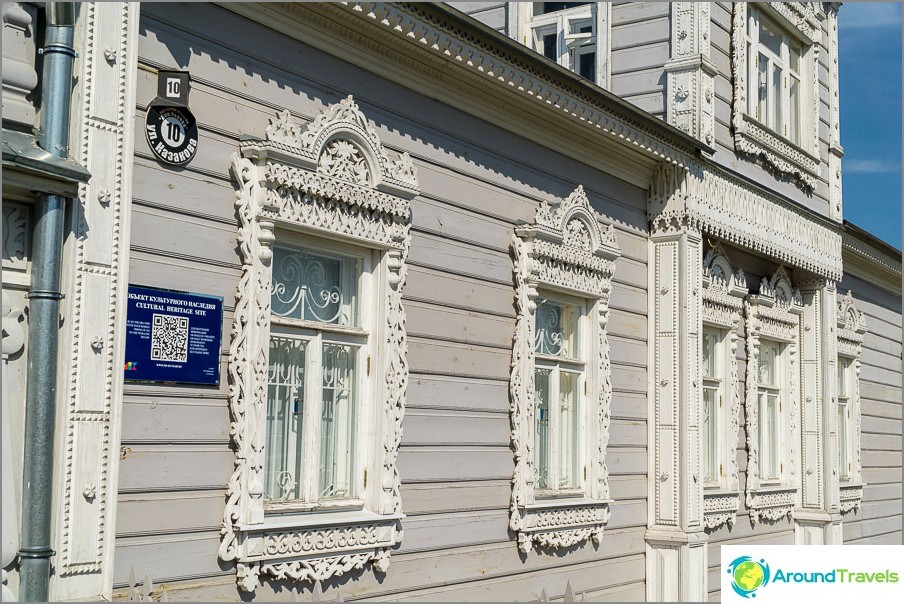
An exemplary house (there are several of them)
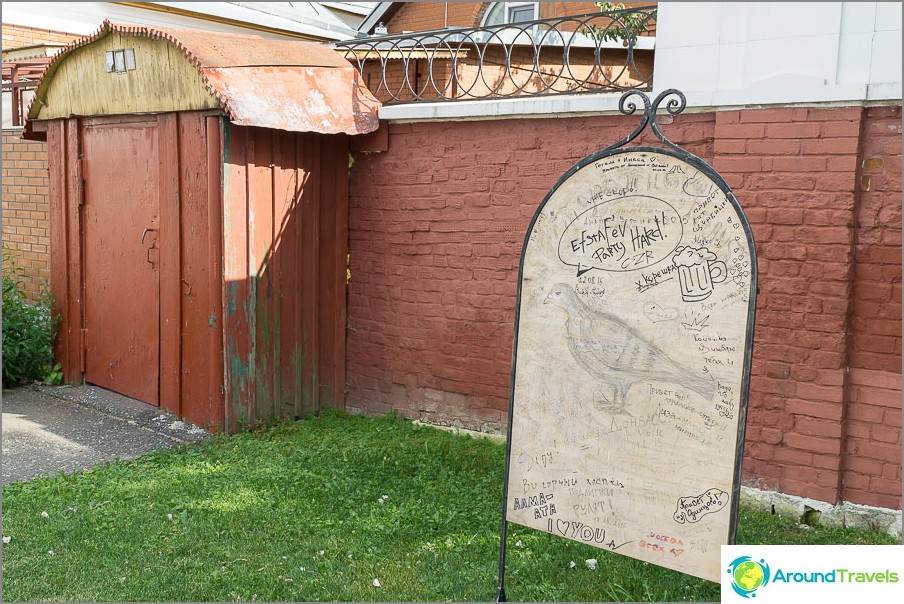
A shield along the way is needed so that they do not write anything on the fence
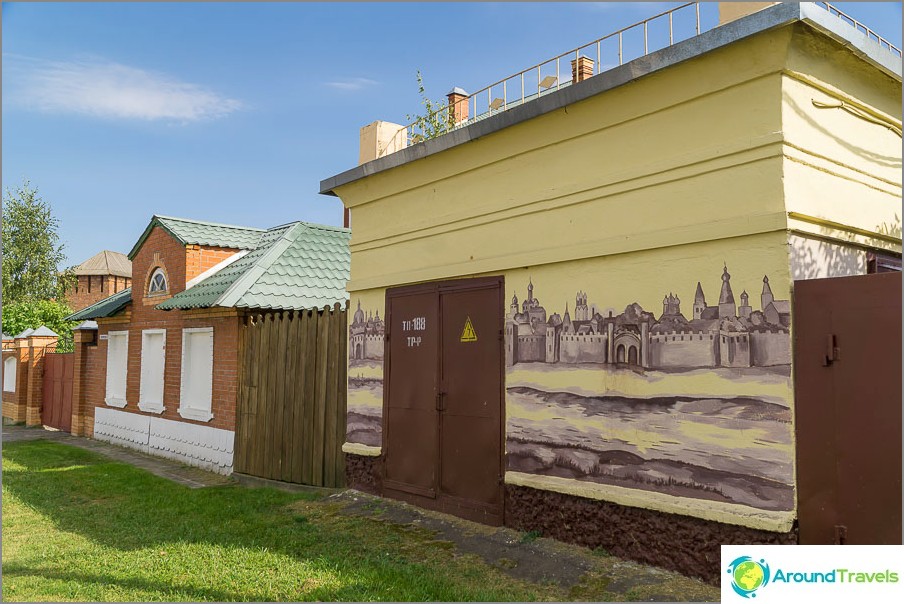
Transformer booth decor
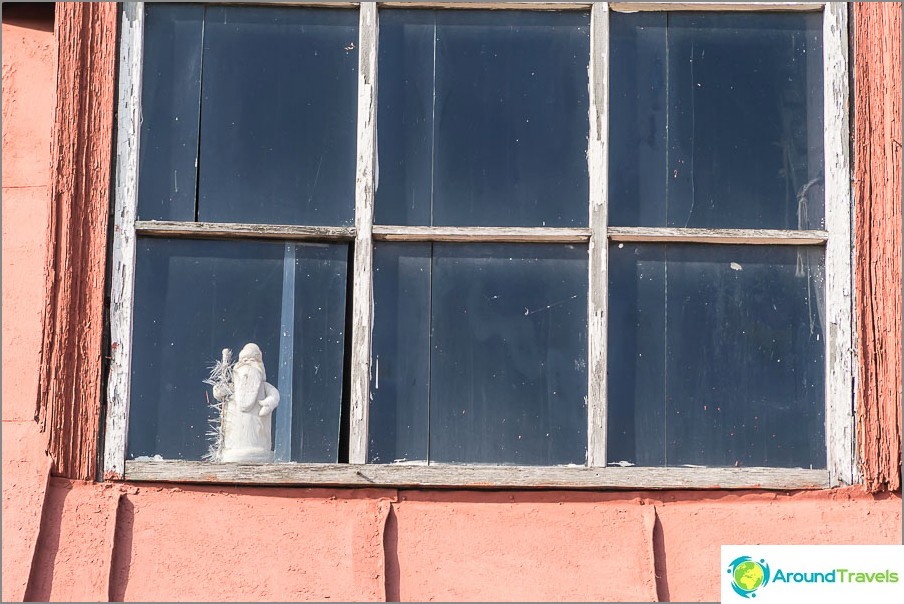
Sad Santa Claus is waiting for winter
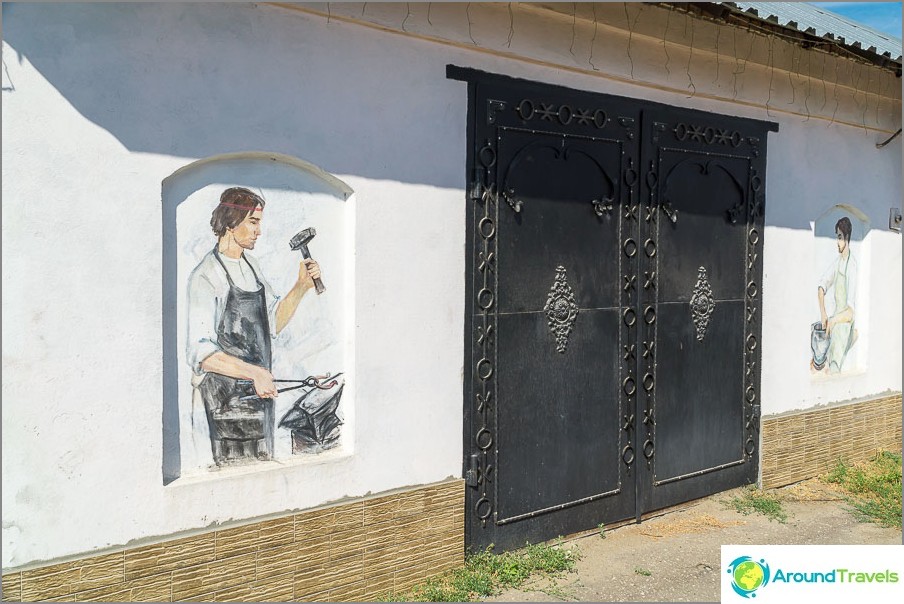
A blacksmith should obviously live in such a house.
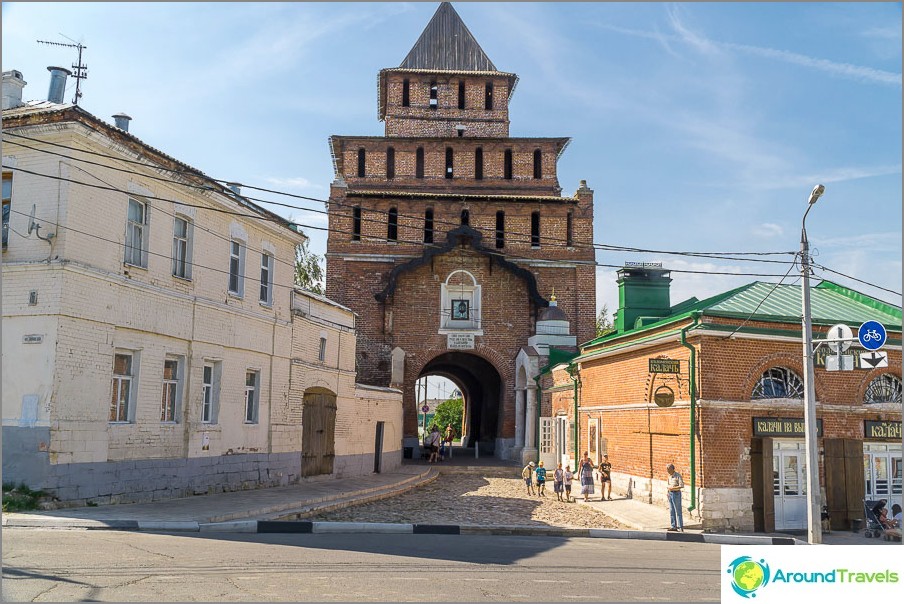
Pyatnitsky gate
On Kolomna itself outside the walls of the Kremlin, we almost did not walk, literally walked only along Staraya Kolomna to The marshmallow museum that's all. In warm summer weather, desolation and heavily shabby buildings look more or less, but in winter and in cloudy weather, I think everything is different.
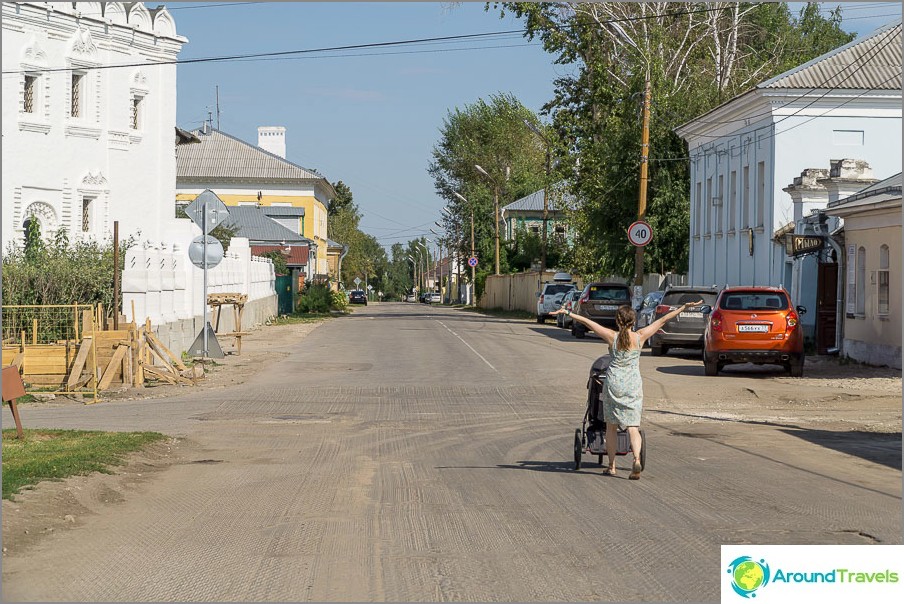
The streets of Staraya Kolomna are deserted
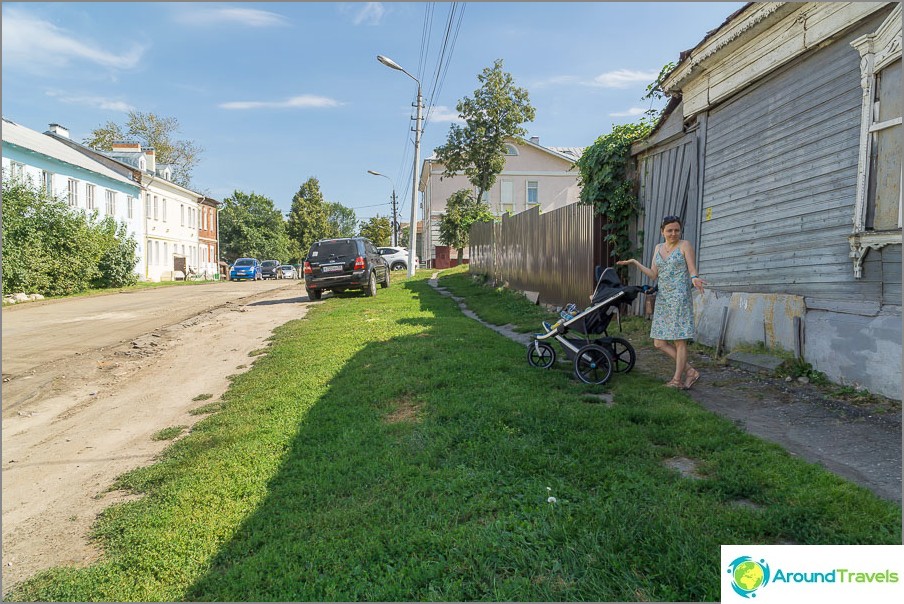
Sidewalks are not everywhere in Staraya Kolomna

A strange transition, isn't it?
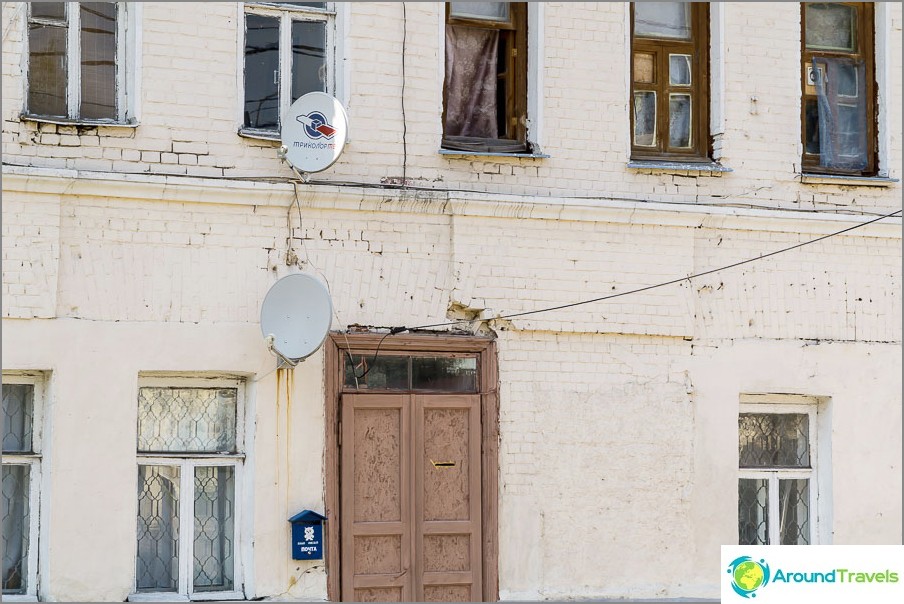
The houses are very old
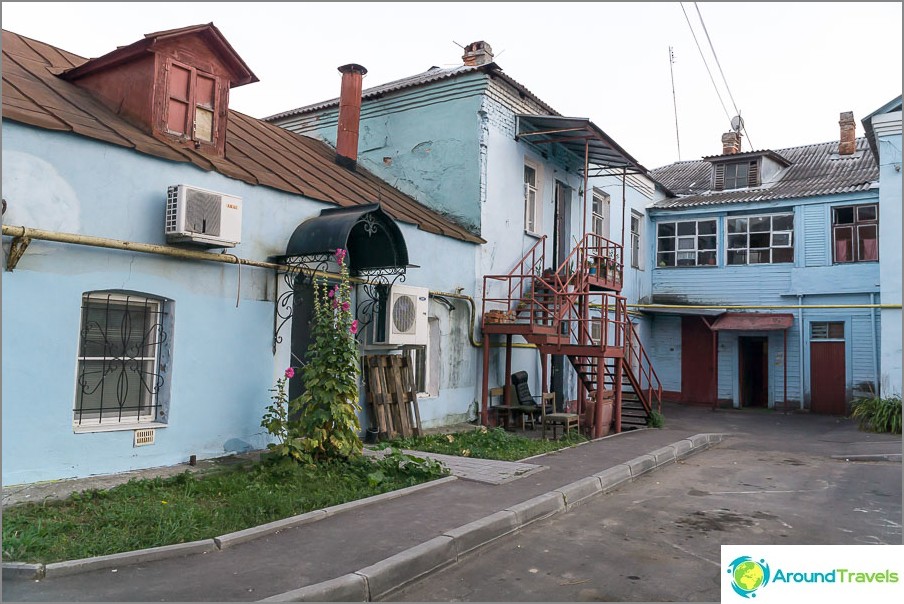
Patio

Crosswalk
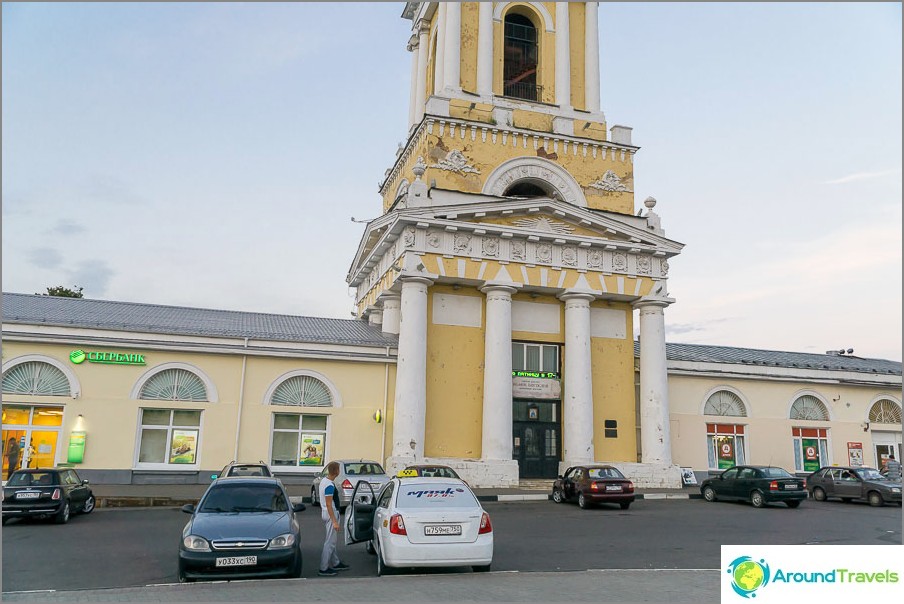
A complex consisting of a church, Sberbank and Dixie, everything that a person needs for life
Historical reference
The vast territory of the Kolomna Kremlin contains many historical buildings, including churches and monasteries, and residential buildings. In the 16th century, the Kremlin was built as one of the largest and most impregnable fortresses of its time and was intended to protect the Muscovy from the raids of the Kazan and Crimean Tatars. After the construction of the stone walls, no one succeeded in taking the Kremlin by storm. True, during the Troubles, the troops of the Tushinsky thief were still able to penetrate into Kolomna, but not thanks to a successful assault, but as a result of betrayal. According to one version, the construction of the stone Kolomna Kremlin was supervised by the Italian architect Aleviz Fryazin (Old), who also took part in the construction of the Moscow Kremlin. An indirect confirmation of this hypothesis is provided by some Italian architectural details of the Kolomna Kremlin. The Kolomna Kremlin had 16 towers (three of them were passable) and two gates. One of the Kremlin towers is called Marinkina. According to legend, Marina Mnishek was imprisoned in it until her death..
Since the 18th century, the Kremlin, which had long lost its military and defensive significance, was almost completely dismantled by the inhabitants of Kolomna for building material. The fortress was only partially preserved, but at a later time it was restored. Today the Kremlin is one of the main tourist attractions of Kolomna..
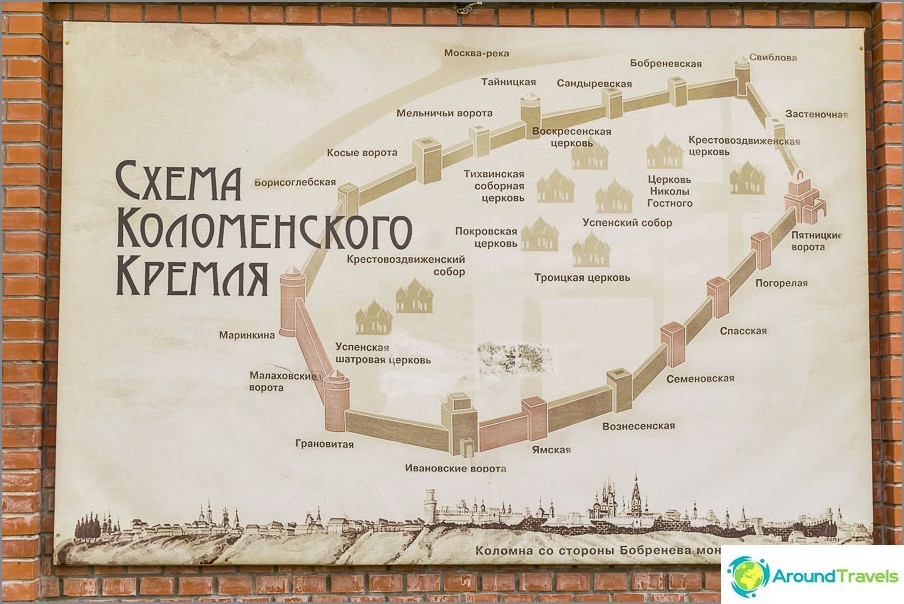
Pink shows what remains of the Kremlin in Kolomna
Information to visit
Where to stay in Kolomna
What else to see in Kolomna over the weekend
Free access to the Kremlin.
You can take a guided tour, it costs 250 rubles. It is better to order in advance. All contacts are on the site.
On the map
The dot marks one of the surviving walls.
Kolomna Kremlin
Kolomna Kremlin
Remaining wall of the Kremlin. Where the point is, the entrance to the wall, but you can approach from any side.
Remaining wall of the Kremlin. Where the point is, the entrance to the wall, but you can approach from any side.
